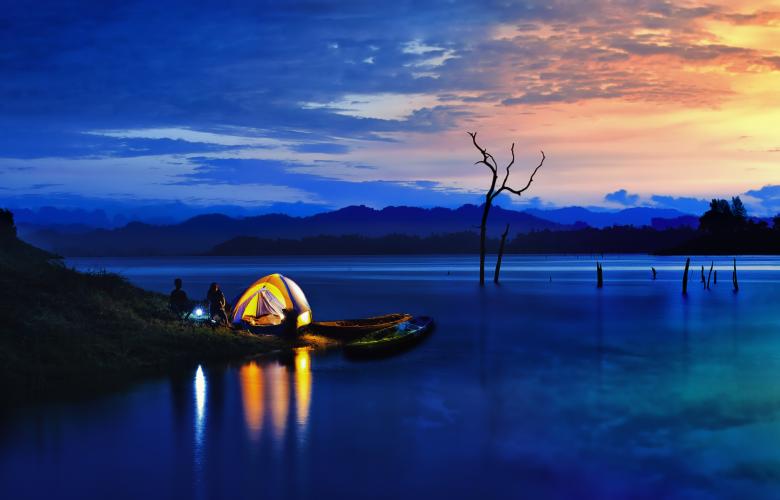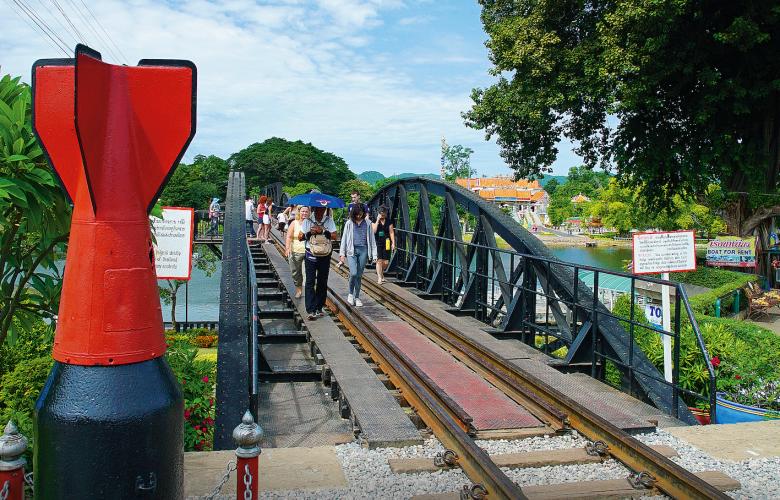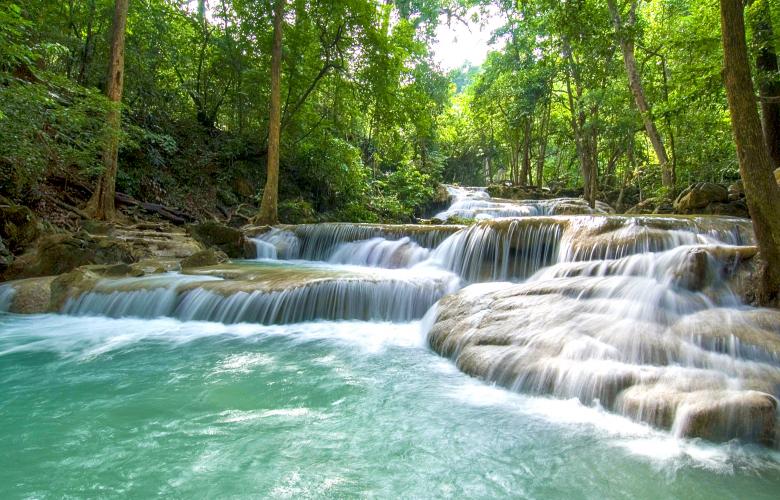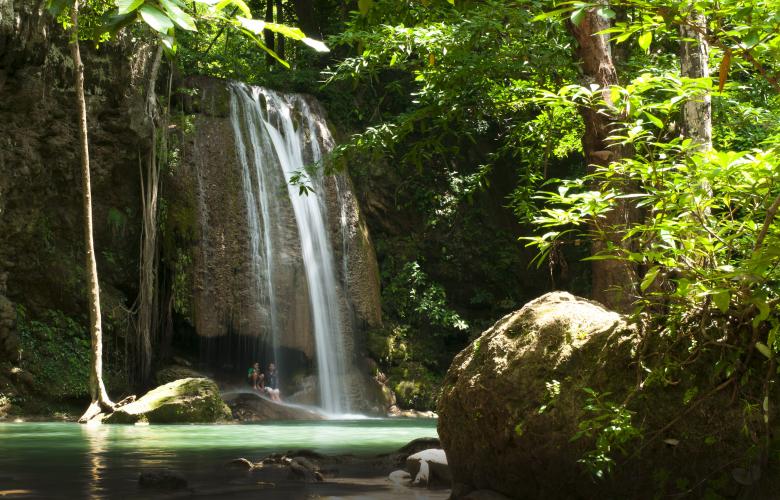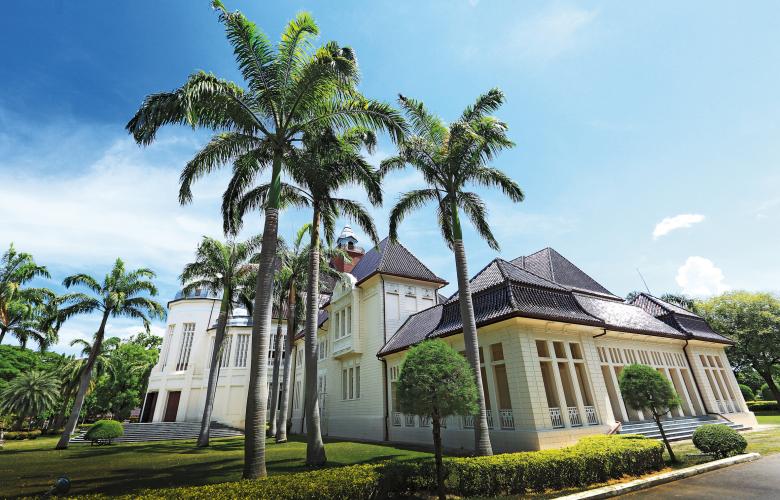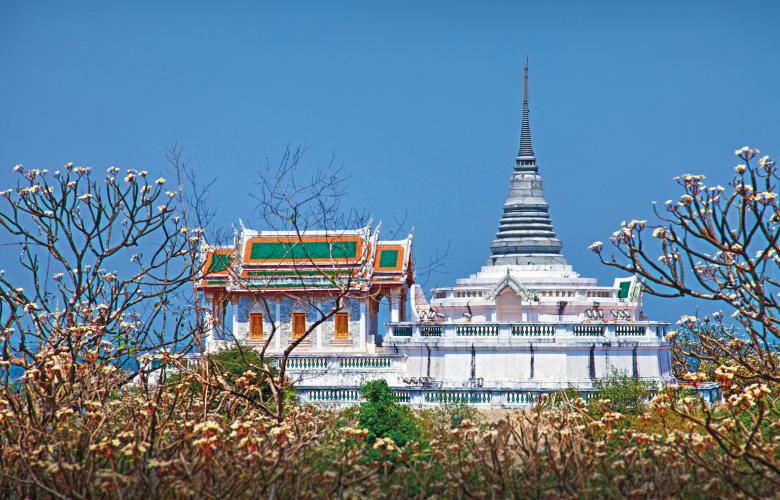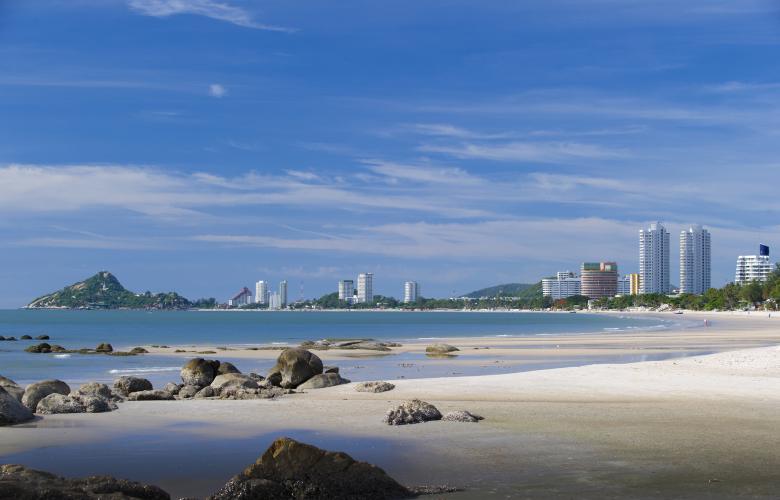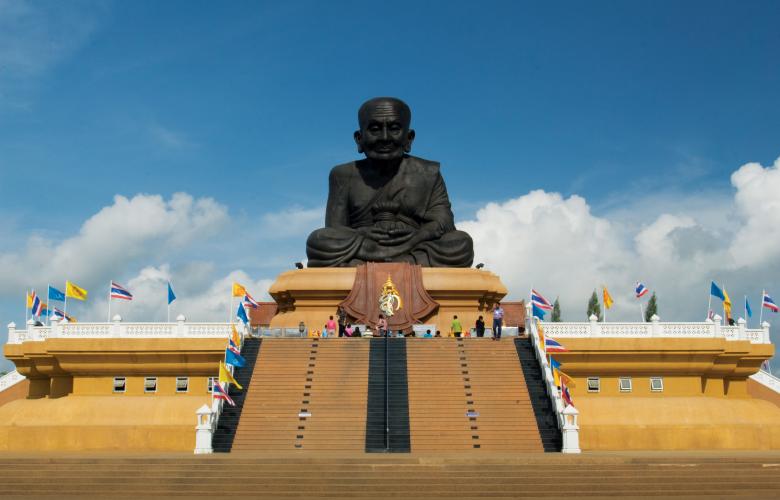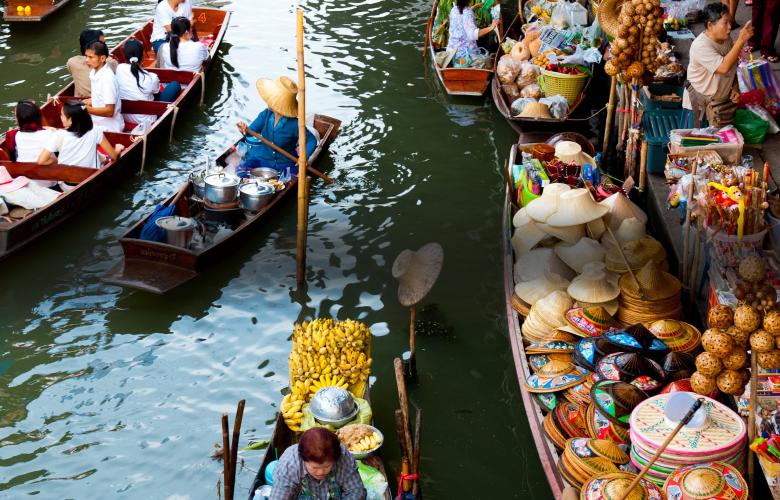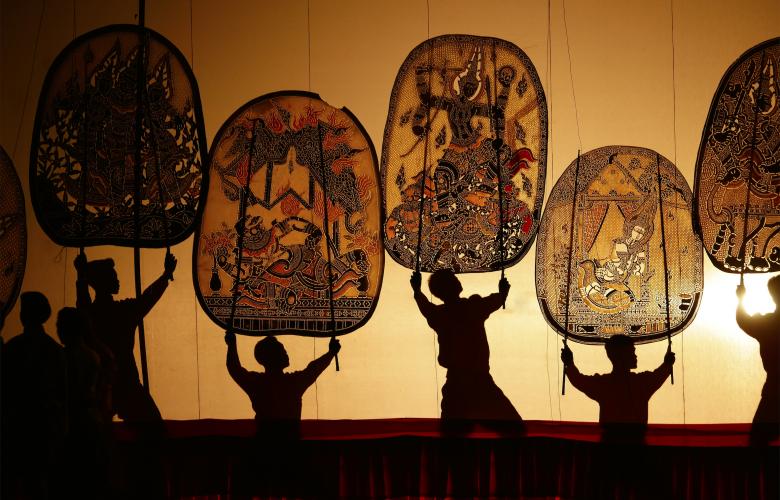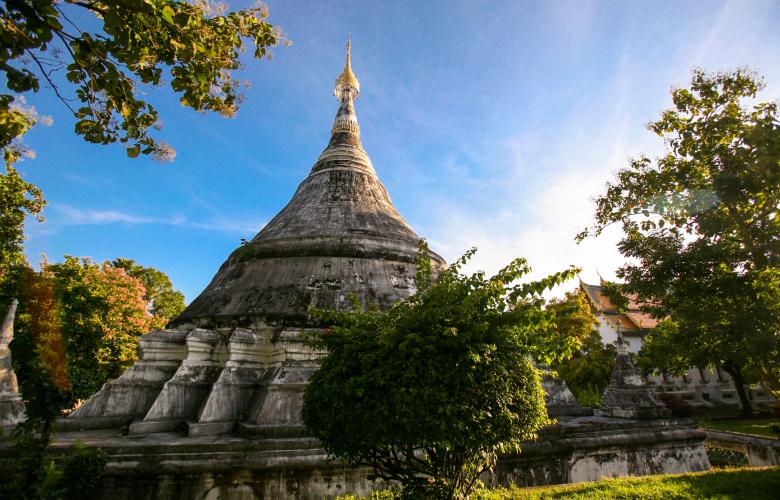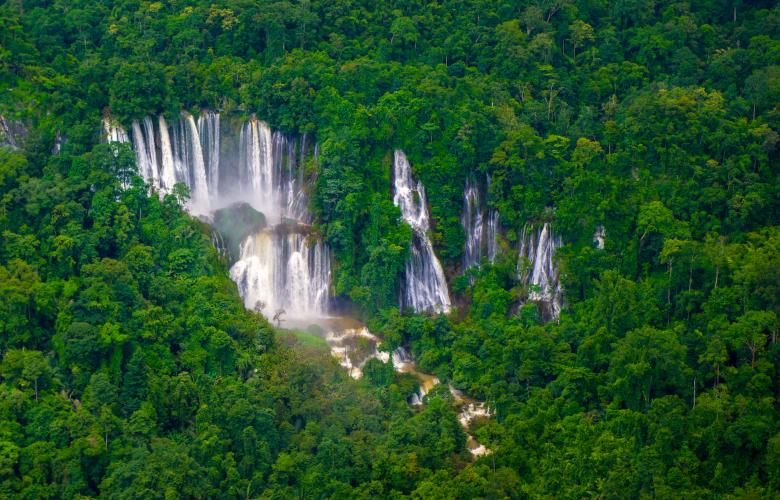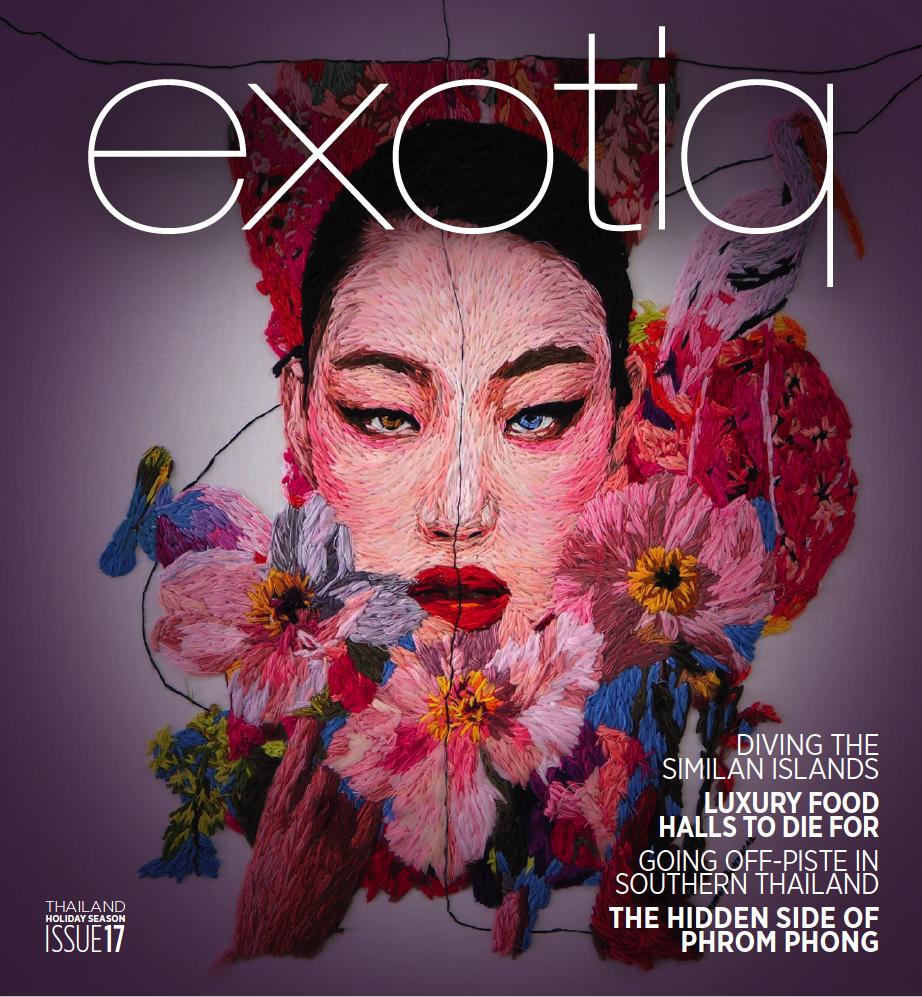- Bangkok
- Central Thailand
- Eastern Thailand
- Northeast Thailand
- Northern Thailand
- Southern Thailand
- Southern Thailand - Chumphon
- Southern Thailand - Krabi
- Southern Thailand - Phang Nga
- Southern Thailand - Phuket
- Central Island - Phuket
- Central West Coast - Phuket
- Bang Tao Beach - Phuket (Central West Coast)
- Emerald Bay - Phuket (Central West Coast)
- Kalim Beach - Phuket (Central West Coast)
- Kamala Beach - Phuket (Central West Coast)
- Laguna - Phuket (Central West Coast)
- Layan Beach - Phuket (Central West Coast)
- Patong Beach - Phuket (Central West Coast)
- Surin Beach - Phuket (Central West Coast)
- East Coast - Phuket
- North West Coast - Phuket
- Small Islands - Phuket
- South West Coast - Phuket
- Southern Coast - Phuket
- Southern Thailand - Satun
- Southern Thailand - Songkhla
- Southern Thailand - Surat Thani
Wild West
It’s a case of River Deep, Mountain High in Thailand’s western provinces; a narrow sliver of land containing treasures ancient and modern
By Simon Wood
Contact
Aug 1, 2018
This narrow region stretches all the way from the outskirts of Bangkok across to the border with Myanmar; and from the northern Shan Hills down to Chumphon Province in the south.
The western region’s geography is wild indeed, with high mountains and steep river valleys carved into its landscape which is also blanketed by miles of untouched forests. The physical character of this land is reflected in its renown as an area of rich natural resources, with an abundance of water dams and mineral mines.
But complementing all this physical richness there’s cultural delights for tourists to discover, among attractions that are both centuries-old and also from more recent periods of history.
There are outstanding tourist attractions among the region’s leading provinces of Kanchanaburi, Phetchaburi, Prachuap Khiri Khan, Ratchaburi and Tak.
Kanchanaburi
This is the largest of the western provinces, where archaeological remains dating back to the 4th century have been found, and it’s believed to have been of strategic importance during the Ayutthaya period when wars raged against Burmese invaders.
But it’s more famous as the site of the remains of an event in a recent conflict – the World War II Bridge over the River Kwai which commemorates more than 100,000 Allied POWs and Asian labourers who died during horrific working conditions building a Thailand-Burma railway line – dubbed the Death Railway - while prisoners of the Japanese.
Kanchanaburi city has a war museum and an immaculately-maintained cemetery where the remains of 6, 982 Allied POWs who died building the railway are interred. The famous bridge itself was built next to the city, which is only 129 km from Bangkok, crossing the rolling Khwae Yai River.
Commemoration of an earlier war can be seen about 40 km from Kanchanaburi city at the Nine Army War History National Park, which showcases historical evidence of the Nine Armies War between King Rama I of Thailand and King Bodawpaya of Burma, when victory for Thailand laid foundations for the formation of the country.
Visitors to the province during special occasions such as New Year and Songkran should look out for performances of Ram Yoei, a traditional local dance of the people that has been performed for more than 500 years. It consists of men and women in a circle singing to each other accompanied by a chorus, all to the rhythm of Klong Yao drums. This spectacular show can be hard to find, as at present it’s only performed in the province’s Amphoe Phanom Thuan.
Phetchaburi
On the north end of the Malay Peninsula with the Gulf of Thailand to the east, Phetchaburi’s sole mountain heights are those of the Tanaosi range that borders Myanmar. Except for these, most of this province is a flat plain, with nearly half of it being Thailand’s largest national park, the 3,000 sq. km Kaeng Krachan National Park. This sprawling natural resource contains the huge Kaeng Krachan Reservoir.
Over the centuries this area seems to have been a magnet for royal personages. Phetchaburi city is an old royal city, dating back to the Mon of the 8th century and later it was settled by the Khmers who left relics of their presence such as Wat Kamphaeng Laeng.
In 1860 King Rama IV built a palace at Phetchaburi city and next to it a tower for his astronomical observations. Currently undergoing restoration, the beachside Maruekhathaiyawan Palace was formerly used as a royal summer residence by King Rama VI during the 1920s, and Tham Khao Luang is a cave housing a Buddha image cast by royal command of King Rama V as a dedication to King Rama III and King Rama IV.
The Phra Nakhon Khiri Fair, also known as Khao Wang, is an important historical site that during the reign of King Rama IV, was the king's out-of-town palace. To celebrate Phetchaburi's cultural heritage the people of Phetchaburi hold the fair regularly around the end of February at Khao Wang Compound. The five-day fair is held at Khao Wang Compound with parades enacting the procession of monarchs who ruled Phetchaburi.
Prachuap Khiri Khan
This province is distinguished as the narrowest part of Thailand – it sits on the Kra Isthmus, the slim land bridge connecting the Malay Peninsula with mainland Asia, and at its narrowest point is just 13km from the coast of the Gulf of Thailand to the Myanmar border in the Tenasserim hills.
Again, there’s a distinguished royal character here, as Thailand's royal family and former kings were the first to set this location on the map as the original seashore destination in Thailand.
The long white sandy beaches themselves are beguiling and the sea is sparkling. As well as beach attractions such as sunbathing snorkeling and swimming, visitors to the province have extensive choices of golf, spas, or trekking to explore caves, peaks and waterfalls of nearby national parks.
One of its best-known beaches is Hua Hin, which has been a popular resort since King Rama VII built a summer palace there in the colonial-era 1920s.
An off-beat attraction is Ban Fang Tha Wildlife Preservation Village, where agro-tourism activities are on display. Visitors can cruise on Long-tailed boats along the Pran Buri River passing mangrove forest, protected birds and water animals. Mixed cultivation gardens produce a vast array of natural foods such as Aromatic Coconuts - Maphrao Namho - pineapples, pomelos, sapodillas, mangoes, and bananas.
Ratchaburi
A province of distinct areas, Ratchaburi’s eastern part contains the flat river plains of the Mae Klong River and its many klongs, with the famous floating markets of Damnoen Saduak. The west is mountainous with the limestone Tanawsri range featuring a warren of extensive caves containing impressive stalactites and large colonies of bats – which make for amazing sights when they swarm out at dusk to feed.
Once again, there’s a prominent royal connection in this province, with Ratchaburi meaning The Land of the King. But it’s not precisely known which King this refers to, with the history of Ratchaburi city dating as far back to the ancient Dvaravati period, when it was an important centre of the Mon Kingdom.
The famous Damnoen Saduak Floating Market illustrates local people's lifestyle and the importance of the river as their means of commerce. Starting from very early morning up until about 11.00am, the vendors paddle their boats up and down the waterways selling and bartering merchandise.
During March and April, a Floating Market fair is held to introduce agricultural produce, especially the Damnoen Saduak Grape, famous for its sweetness and good taste. This fair features the beauty contest of Thida A-ngun Wan.
Ratchaburi Tourism Fair is held during February–March in the grounds of the city hall, with demonstrations of traditional handicrafts, such as jar making and Sin Tin Chok cloth weaving, sales of fruit and vegetables, and folk art and cultural performances by local tribal groups.
Tak
Tak Province, more than 400 km north of Bangkok, is an ancient homeland with a modern heritage that makes a major contribution to Thailand’s modern economy. It has the country’s largest artificial lake covering an area of 300 sq.km, the Bhumibol Dam - named after the late King Bhumibol Adulyadej – which was built from 1958 to 1964 to dam the River Ping, one of the two sources of the Chao Phraya River.
It’s also a rich natural resource for wildlife, with Taksin Maharat National Park, Namtok Pha Charoen National Park, Lan Sang National Park, and Khun Phawo National Park all in the province. Elsewhere, Thungyai Naresuan Wildlife Sanctuary and Huai Kha Khaeng Wildlife Sanctuary are both World Heritage Sites.
Tak was a historical kingdom built over 2,000 years ago, even before the Sukhothai period, with this ancient kingdom at its peak as far back as the 1st century. A city named Ban Tak was established around 663 CE and became part of the Sukhothai kingdom Later,
King Taksin the Great, who returned independence to the Thai nation had his background closely tied with Tak and an annual traditional fair - Taksin Maharachanuson – is staged during 28 December – 3 January at the King Taksin the Great Shrine, to honour him and his heroic deeds. Light and sound presentations, entertainment performances and booths of agricultural goods and local products.
Loi Krathong, the national festival held in November during the full moon of the twelfth calendar month, has a unique twist in Tak. Coconut shells – leftover from the popular local Miang snack of coconut flesh- are used to float glittering illuminated Loi Krathong offerings on the Ping River.
Source: tourismthailand.org
Important Information:

